During the Hmong New Year celebration, the Hmong ball tossing game pov pob is a common activity for adolescents. Boys and girls form two separate lines in pairs that are directly facing one another. Girls can ball toss with other girls or boys, but boys cannot ball toss with other boys. It is also taboo to toss the ball to someone of the same clan and date the same clan. The pairs toss a cloth ball back and forth, until one member drops the ball. If a player drops or misses the ball, an ornament or item is given to the opposite player in the pair. Ornaments are recovered by singing love songs (hais kwv txhiaj) to the opposite player. But in recent times, in such areas as China, the young lovers have been seen to carry tape players to play their favorite love songs for one another.
The Hmong New Year celebration—specifically based on both religious and cultural beliefs—is an “in-house” ritual that takes place annually in every Hmong household. The celebration is to acknowledge the completion of the rice-harvesting season—thus, the beginning of a new year—so that a new life can begin as the cycle of life continues. During this celebration, every "wandering" soul of every family member is called back to unite with the family again and the young will honor the old or the in-laws—a ritual of asking for blessings from elders of the house and clan as well as the in-laws of other clans.
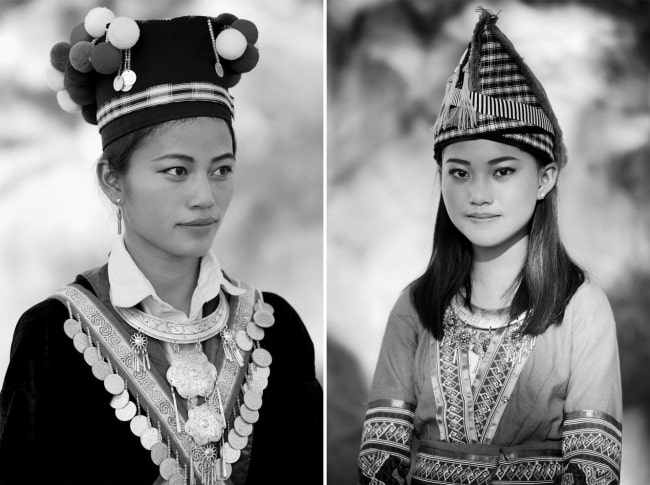
Also, during the Hmong New Year celebration, house spirits as well as the spirit of wealth (xwm kab) are honored. In addition, if a shaman is in the house, the healing spirits of She-Yee are also honored and released to wander the land (Neeb Foob Yeem)—similar to vacationing after a long year of working—until they are called back right after new year. Hmong New Year lasts only for 3 days—with 10 dishes of food each day, for a total of 30 dishes—thus the Hmong saying “eat 30.” Here are a few practices that the Hmong observe during their New Year Celebration, performed anytime during the 3 days of celebration.
- Hu Plig (Soul Calling) - Calling back every soul in the family to unite with the family
- Txi Xwm Kab (Honoring Xwm Kab) - Offerings to the God of Wealth
- Neeb Foob Yeem/Neeb Tso Qhua - Shamanistic Ritual to release the Curing spirits of She-Yee for “vacationing"—occurs only if the specific family has a shaman in the house
- Noj peb caug (Eat 30) - The main meal of New year
- Pe Tsiab (Asking for Blessings from Elders) - Occurred early morning during New Year’s day, including parents, uncles, father/moth-in-law, and dead ancestors
- Ntxuav Kauv Laug (Cleaning the Body) - To cleanse the body of dirtiness
- Ntuag Qhauv - A ritual to get rid of problems, issues, temper, loneliness, and all the bad things which have occurred in the household
- Lwm Qaib/Sub - Using a chicken, a ritual also
- Tog Neej Tsa Tuaj Noj Tsiab - Request special guests (such as father in law, son in law etc.) to come “eat Tsiab,” a very big “eat 30”.
- Xa Noob Ncoos/Tsoog Laug - A very special “thanksgiving” event where parents and in-laws are honored
- Tam Noob Ncoos - A thank you feast from parents and in-laws
- Tso Plig - To release the souls of all dead ones
- Noj Tsiab (eat tsiab) - a very big “eat 30,” involving pigs, cows, and buffalo.
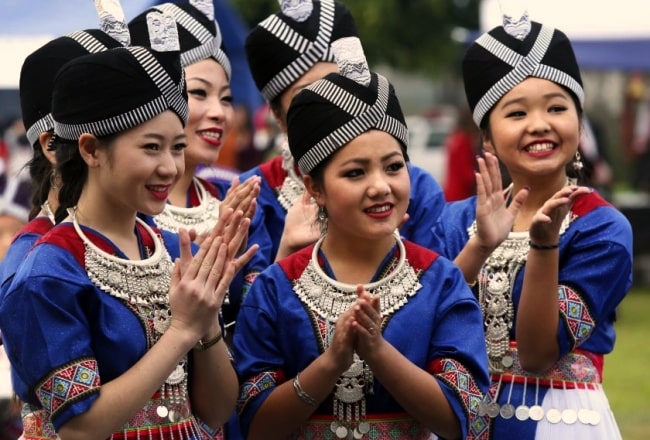
The list above is what a Hmong New Year is. All these things take place for only 3 days. After all these things are done, then the “outside” fun begins, which has nothing to do with Hmong New Year. In the United States, people refer to the “outside” event as “new year”—but this is a misconception. Hmong New Year occurs in-house, and whatever occurs outside after the “new year” is called “Tsa Hauv Toj”—meaning “raising the mountain.” This is the tradition where Hmong toss balls and sing “kwv txhiaj.”
During the Tsa Hauv Toj celebration, Hmong dress in traditional clothing and enjoy Hmong traditional foods, dance, music, bull fights, and other forms of entertainment. Hmong New Year celebrations preserve Hmong ethnic traditions and culture and may also serve to educate those who are interested in Hmong tradition. Hmong New Year celebrations occurred anytime within or close to the end of the harvesting period give or take a few days. However, the Tsa Hauv Toj event is based on lunar calendar, typically in November and December (which would consider a month ahead of western calendar).
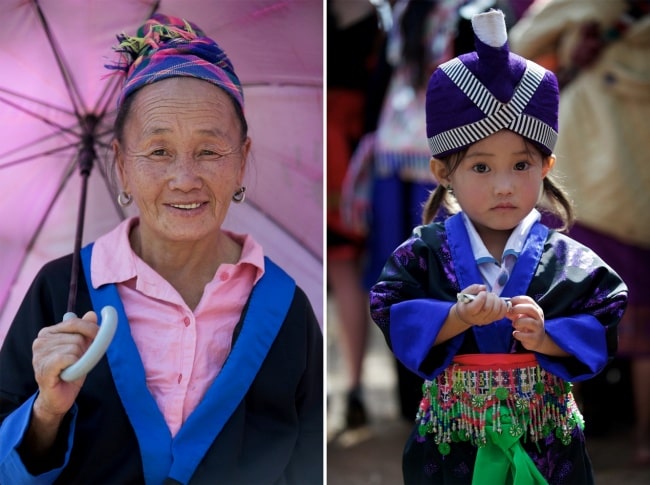
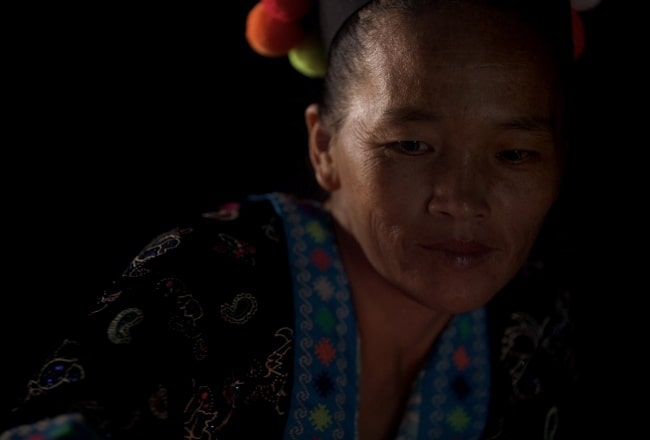


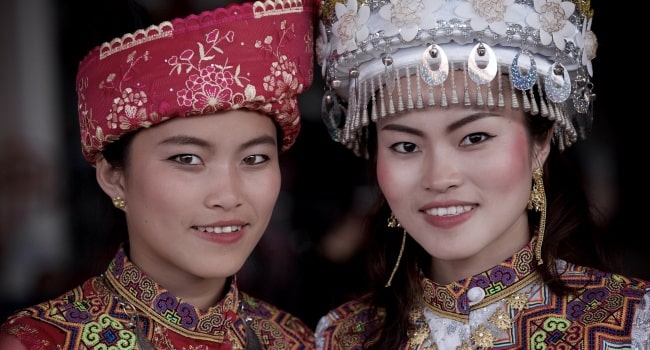

 07/01/2026
07/01/2026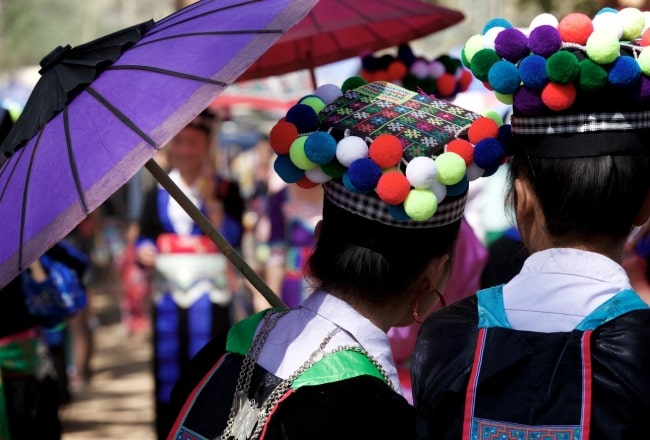



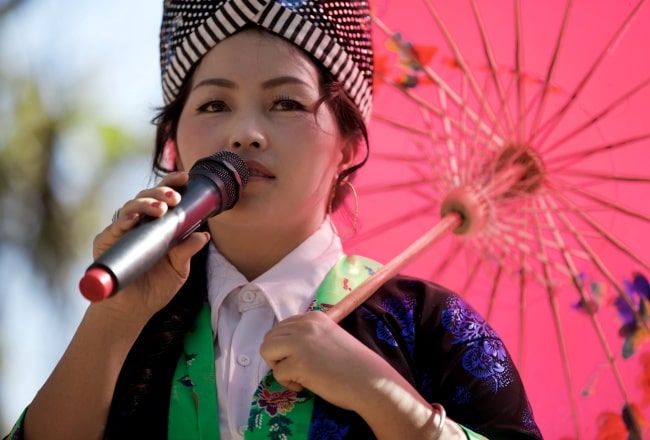
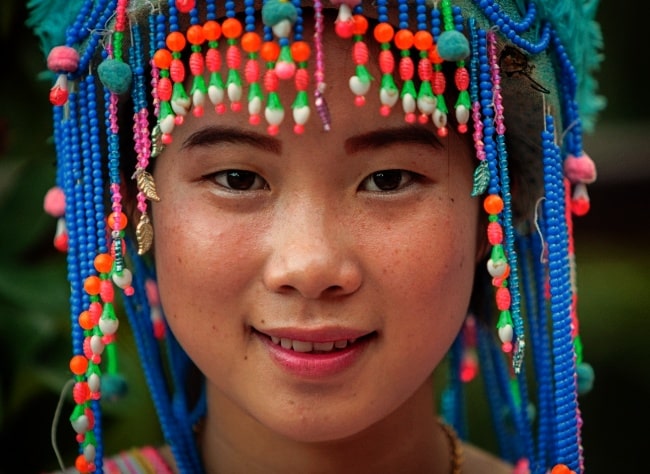
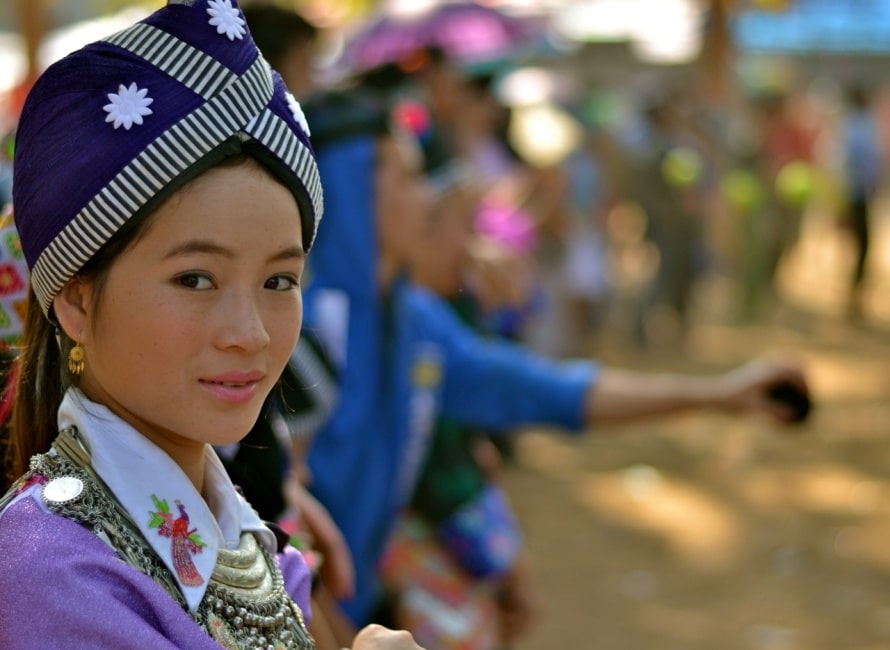
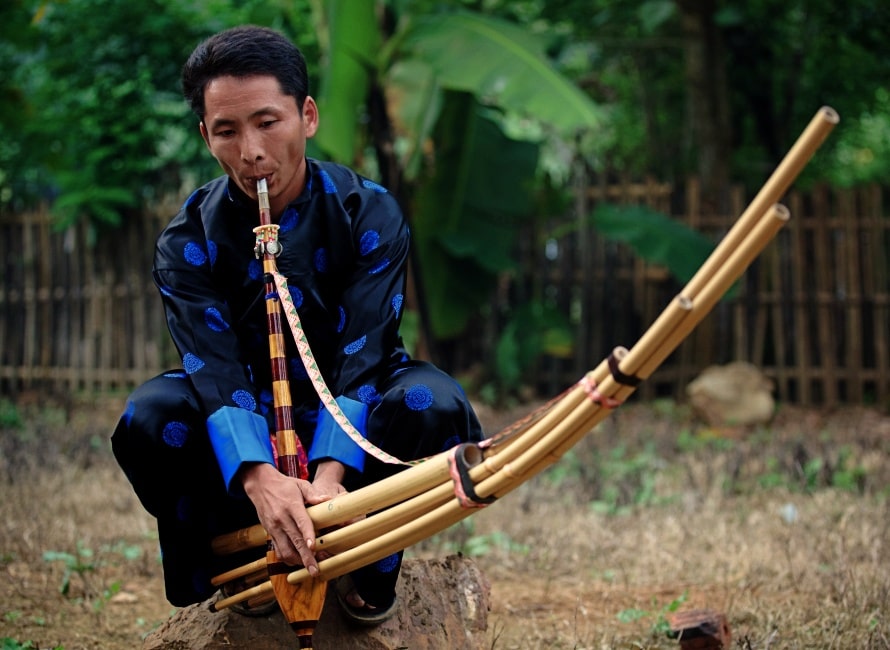

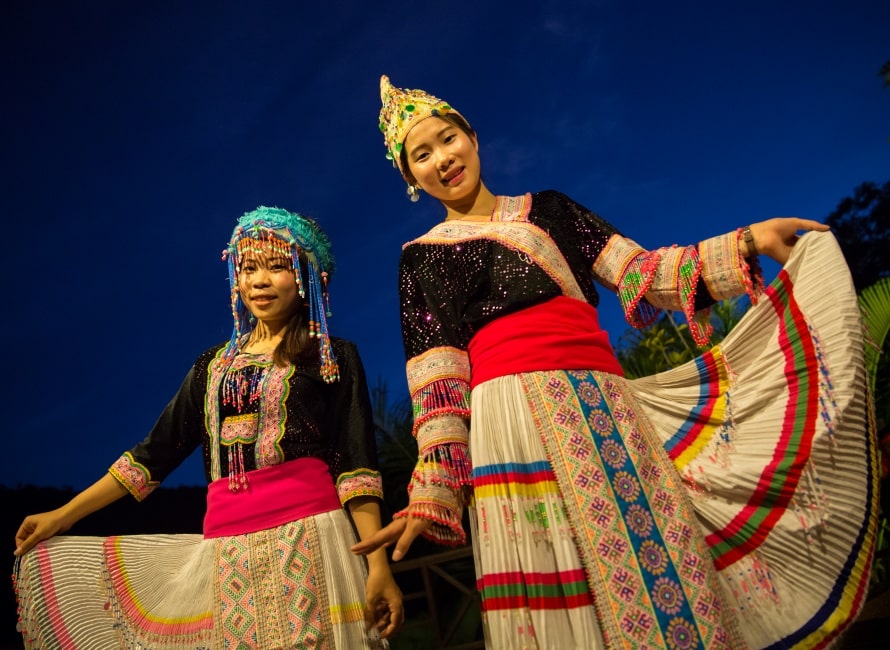
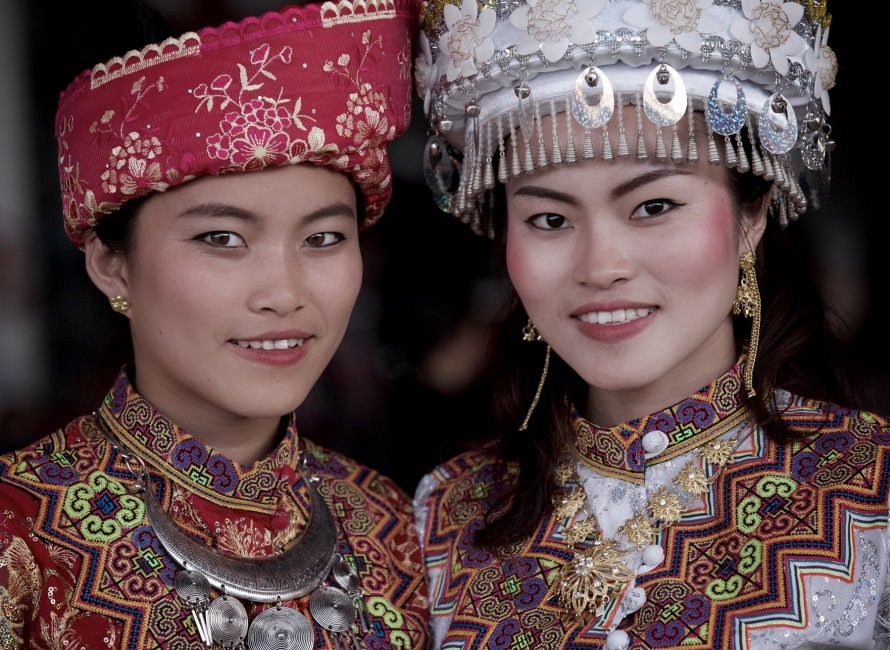
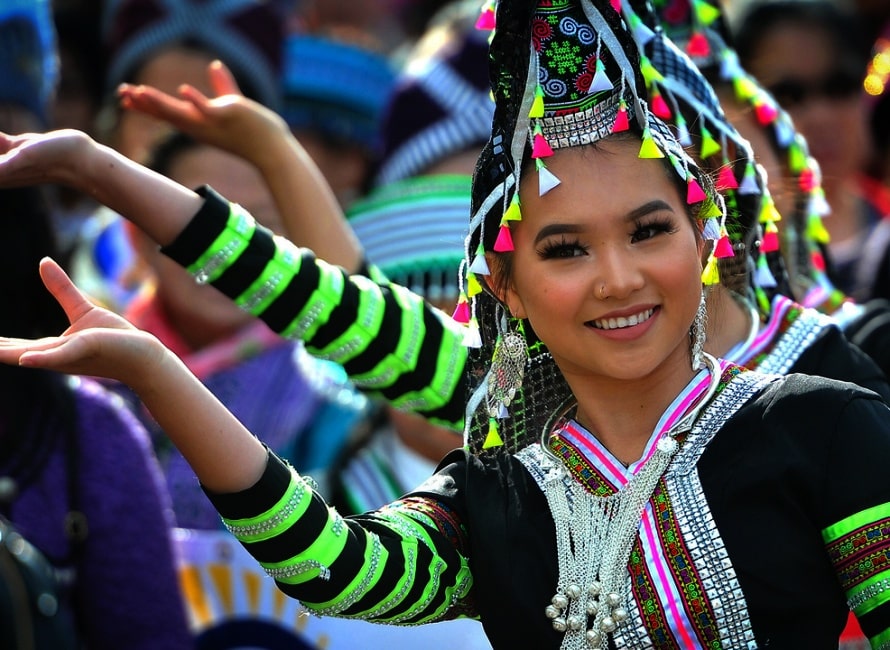
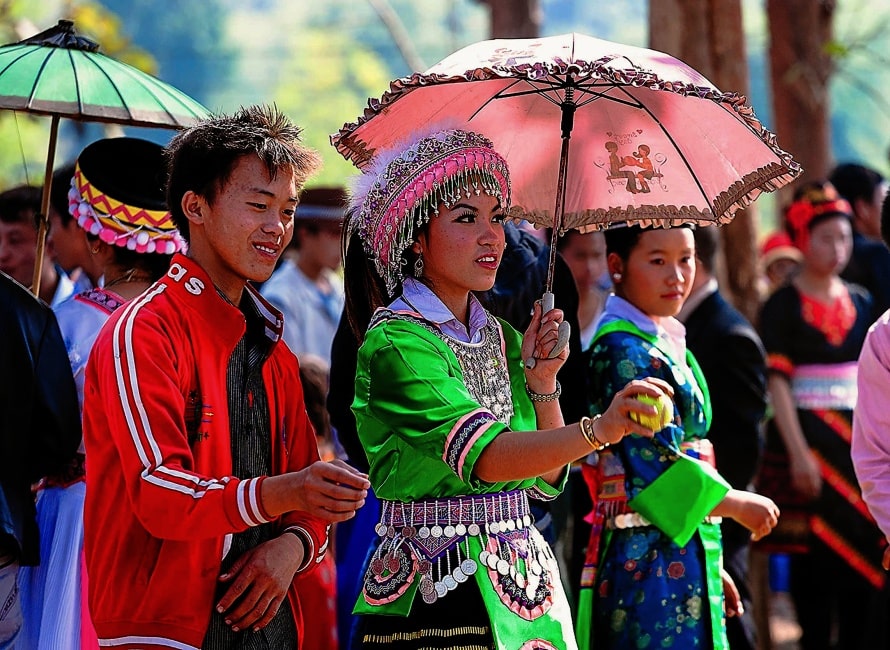






















Jolie LIEMMy name is Jolie, I am a Vietnamese girl growing up in the countryside of Hai Duong, northern Vietnam. Since a little girl, I was always dreaming of exploring the far-away lands, the unseen beauty spots of the world. My dream has been growing bigger and bigger day after day, and I do not miss a chance to make it real. After graduating from the univesity of language in Hanoi, I started the exploration with a travel agency and learning more about travel, especially responsible travel. I love experiencing the different cultures of the different lands and sharing my dream with the whole world. Hope that you love it too!